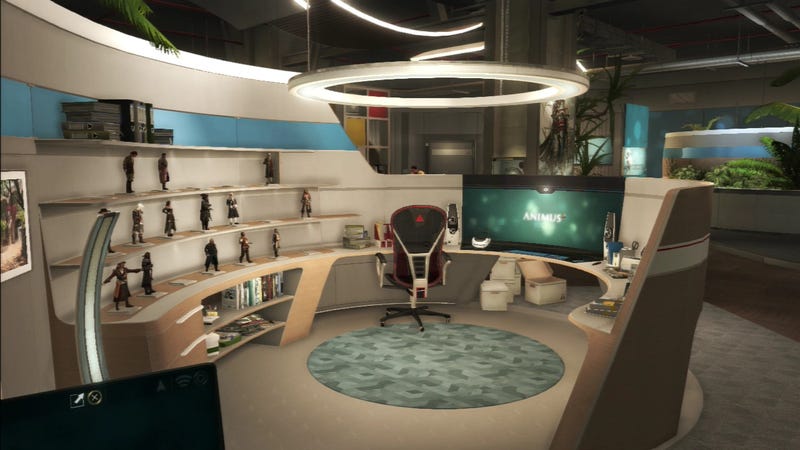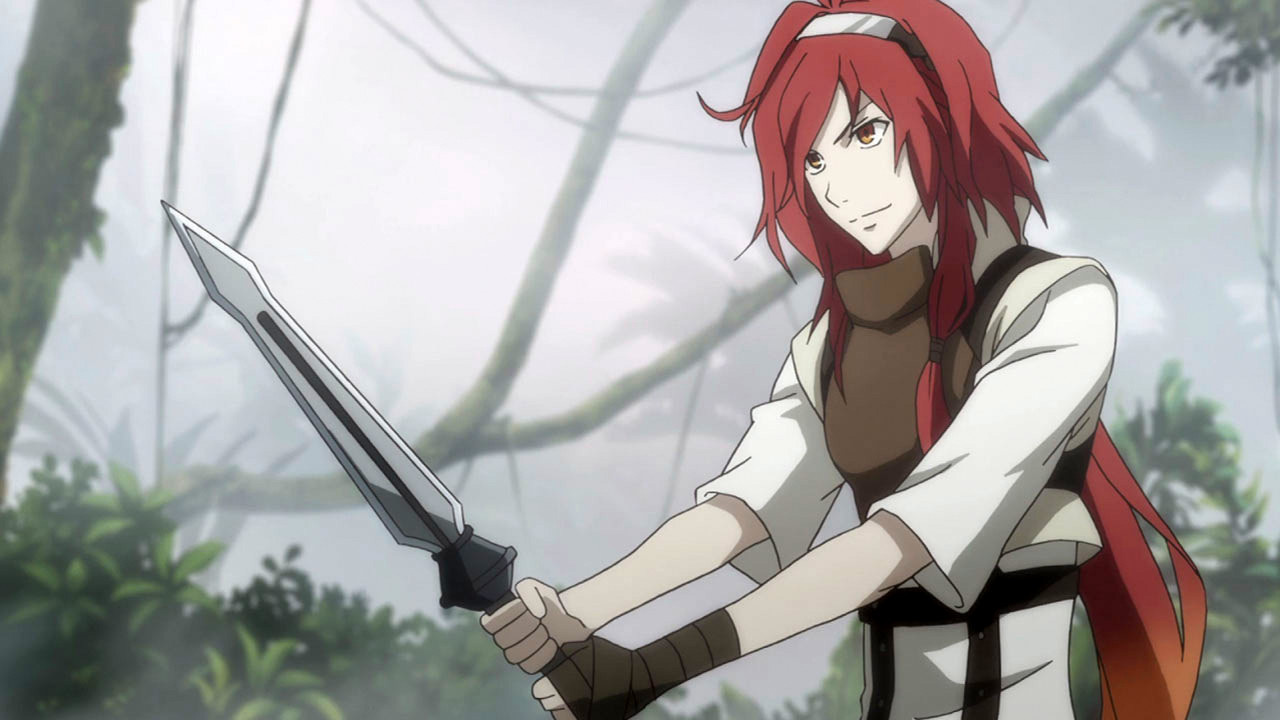Most of the studies on folklore focus on European literature. But just as rich are Asian tales of deities, monsters and heroes. Let’s take a look at some of these.
The most well-known are the Epic of Gilgamesh which has two versions in Sumerian and Akkadian; Mahabharata by Veda Vyasa; the Persian epic Shahnameh by Ferdowsi; and Ramayana by Valmiki. Ramayana has different versions in the region including the Burmese version Yama Zatdaw, the Malay Hikayat Seri Rama, the Javanese Kakawin Ramayana and the Cambodian version Reamker.
To document all the epics of Asia would fill a book. I’ve picked some examples from each country below.
The Book of Dede Korkut is an epic of the Oghuz Turks or Turkomans. It is made up of twelve legends. The first story is about Boghach Khan, while the twelfth narrates the rebellion of the Outer Oghuz. Dede Korkut is supposed to be the narrator of these tales.
The Epic of King Gesar, is the epic cycle of the culture hero Gesar of the kingdom of Ling. The story is told in Tibet, Central Asia and Mongolia. His stories in Tibet are known as Drung. Gesar defeated the demons that surrounded his kingdom. Some believe that he is a manifestation of Padmasambhava.
The Epic of Manas is a trilogy of the Kyrgyz about the hero Manas and his descendants Seytek and Semetey. They fought to unite the different tribes of the Kyrgyz people against the Khitan and Oirat.
Hei An Zhuan or The Epic of Darkness is a compilation of stories from the Chinese Tang Dynasty. It is composed of eight manuscripts (at least those that have survived today). The tales include the creation of the universe, the world, and the humans. It was first compiled by Hu Chongjun.
Heike Monogatari or The Tale of the Heike is a Japanese account of the struggle between the Taira and Minamoto clans. The stories from the epic is compiled from different oral stories. The monks chanted these stories to the accompaniment of a biwa.
Hikayat Hang Tuah is a Malay epic of the warrior Hang Tuah and his four warrior friends Hang Jebat, Hang Kasturi, Hang Lekir, and Hang Lekiu. Hang Tuah was a servant of the sultan and rose to a prominent position at the end of the epic.
Jewang Ungi by Yi Seung-hyu chronicles the history of Korea from Dangun to King Chungnyeol. Jewang Ungi means Songs of Emperors and Kings or Rhymed Chronicles of Emperors and Kings.
The Jangar Epic (or Janggar) of the Kalmyk people is about the hero Khan Jangar and his twelve warrior companions. This epic is told by chanters called Jangarqi throughout Mongolia, Russia and China. There are a lot of tales related to Jangar are collectively called an epic cycle.
Kutune Shirka is an epic of the Ainu. In Japanese it’s called Itadorimaru no Kyoku. The epic is about the protagonist who wields the magic sword kutune shirka from which the title of the epic is taken. He begins his adventure by catching a golden sea otter who had a bounty on its head. Kutune Shirka is a part of the yukar, the Ainu sagas.
Olaging or Ulahingan of the Manobo, a tribe in the Philippines, is one of the many Lumad epics in Mindanao. The epic has different versions and titles in other tribes related to the Manobo. It tells the story of the hero Agyu and his family. It’s a mythical historical account of the tribe’s conflicts and warfare. There are many more epics among the Lumad, ethnic tribes in Mindanao, besides Olaging.
Panji Cycle of East Java, Indonesia has different versions and is called by different names. It is part of a genre of shadow puppetry called wayang gedog. Panji Asmarabangun was supposed to marry the princess Candra Kirana who disappeared before the wedding. His search took him to four kingdoms and encountered many adversaries.
Phra Aphai Mani by Sunthorn Phu is an epic of Thailand. It is about Prince Aphai Mani’s love adventures. At first, he and his brother Sisuwan were sent away by their father to learn, but they came back disappointing him so they left again. He fell in love with four women (The Mermaid, Princess Suvarnamali, Princess Laweng and the Sea Giantess).
Sang Sinxay is a Lao epic by Pang Kham. Sinxay is the son of King Koutsaraj and the youngest daughter of the merchant Sethi. He is the twin of Sangthong, a golden snail. They were exiled by their father along with their half sibling from the eldest daughter of Sethi because they were monsters. In spite of that, they enlisted Sinxay’s help in the search for Soumantha, sister of Koutsaraj.
Sureq Galigo is an epic creation myth of the Bugis of South Sulawesi. It became well-known when it was adapted into a stage production I La Galigo. The lead characters of the story are siblings Sawerigading and We Tenriabeng.
Taghribat Bani Hilal or Sirat Abou Zeid Al Hilali is an Arabic epic of Banu Hilal’s journey from Najd to Tunisia. It was inspired by historical events based on Tunisia’s breaking away from the Fatimid Empire.
Thao Hung or Cheuang is a Lao epic, which has versions in both Lao and Northern Thai, tells about Thao Hung and the struggle of the Lao against the Dai Viet. He was a son of Khun Chomtham of the Suantan (Nakhong Kingdom). In the Northern Thai version his name is Thutiyawangsamalini or Phraya Cheung.
Truyện Kiều or The Tale of Kieu is a Vietnamese epic by Nguyen Du. It was based on the Chinese novel Kim Van Kieu. It’s about the life of Thuy Kieu who had to become a prostitute to save her father. Her sad life reflects the cruel society she lived in. Note that she is one of the four female lead characters of an epic included in this list.
The Five Great Epics of Tamil are the Cilappatikāram by Ilango Adigal, Manimekalai by Sithalai Sattanar, Cīvaka Cintāmaṇi by Tirutakkatevar, Valayapathi, and Kuṇṭalakēci by Naguthanar. Cilappatikāram is about Kannagi, Manimekalai is taken from the name of the lead character and Cīvaka Cintāmaṇi tells the story of Jivakan. All three are women. Valayapathi and Kuṇṭalakēci were named after their authors.







.jpg/220px-PerdidoStreetStation(1stEd).jpg)











